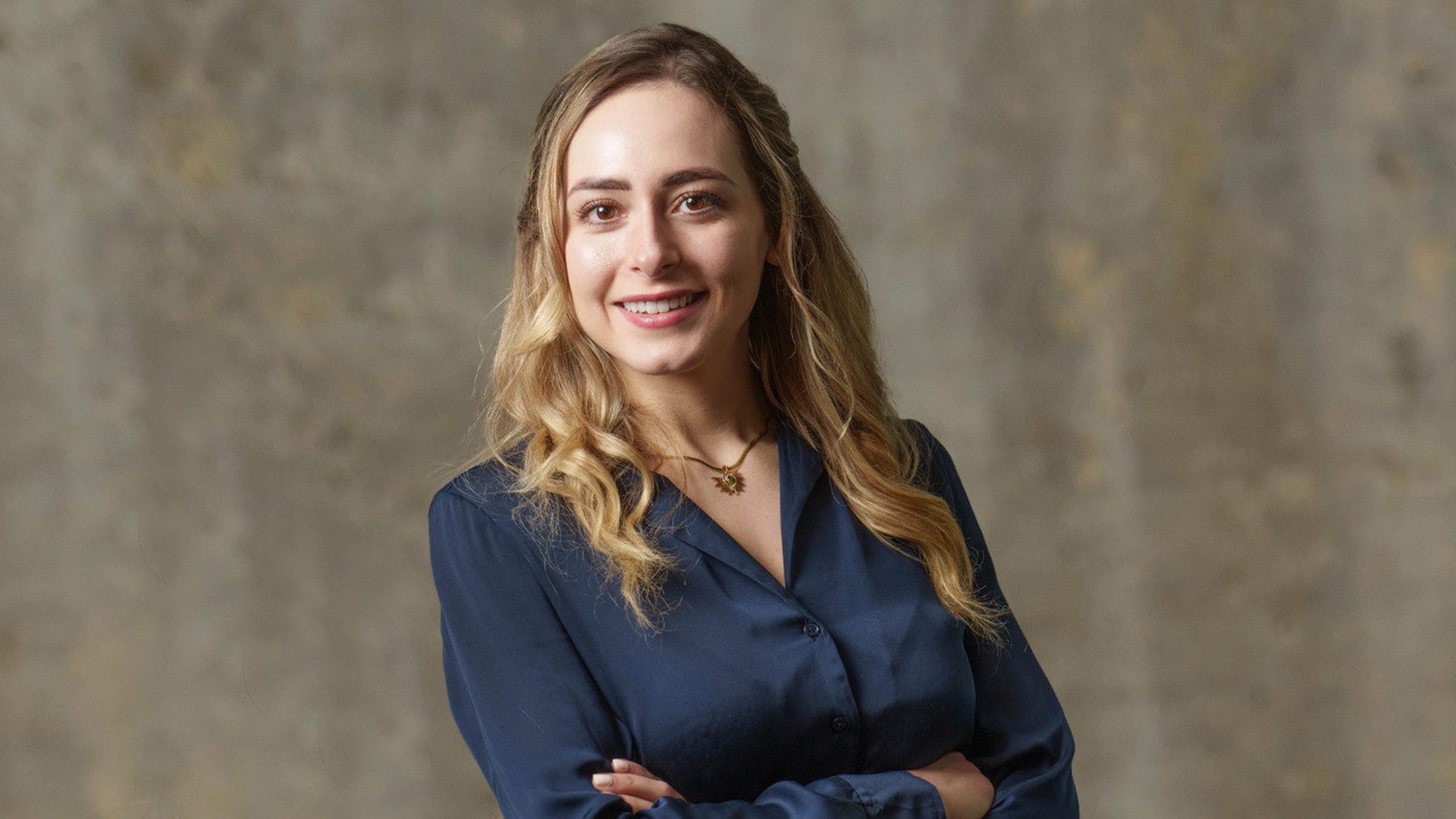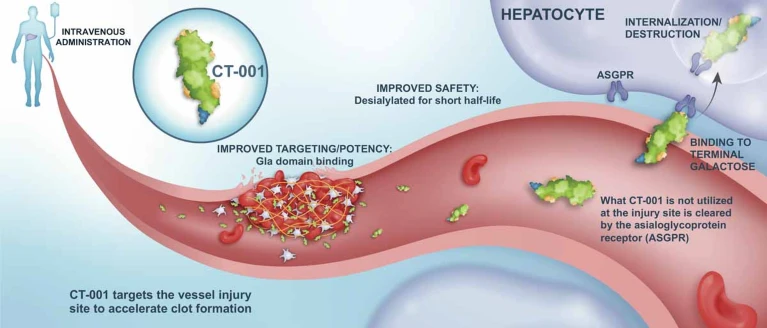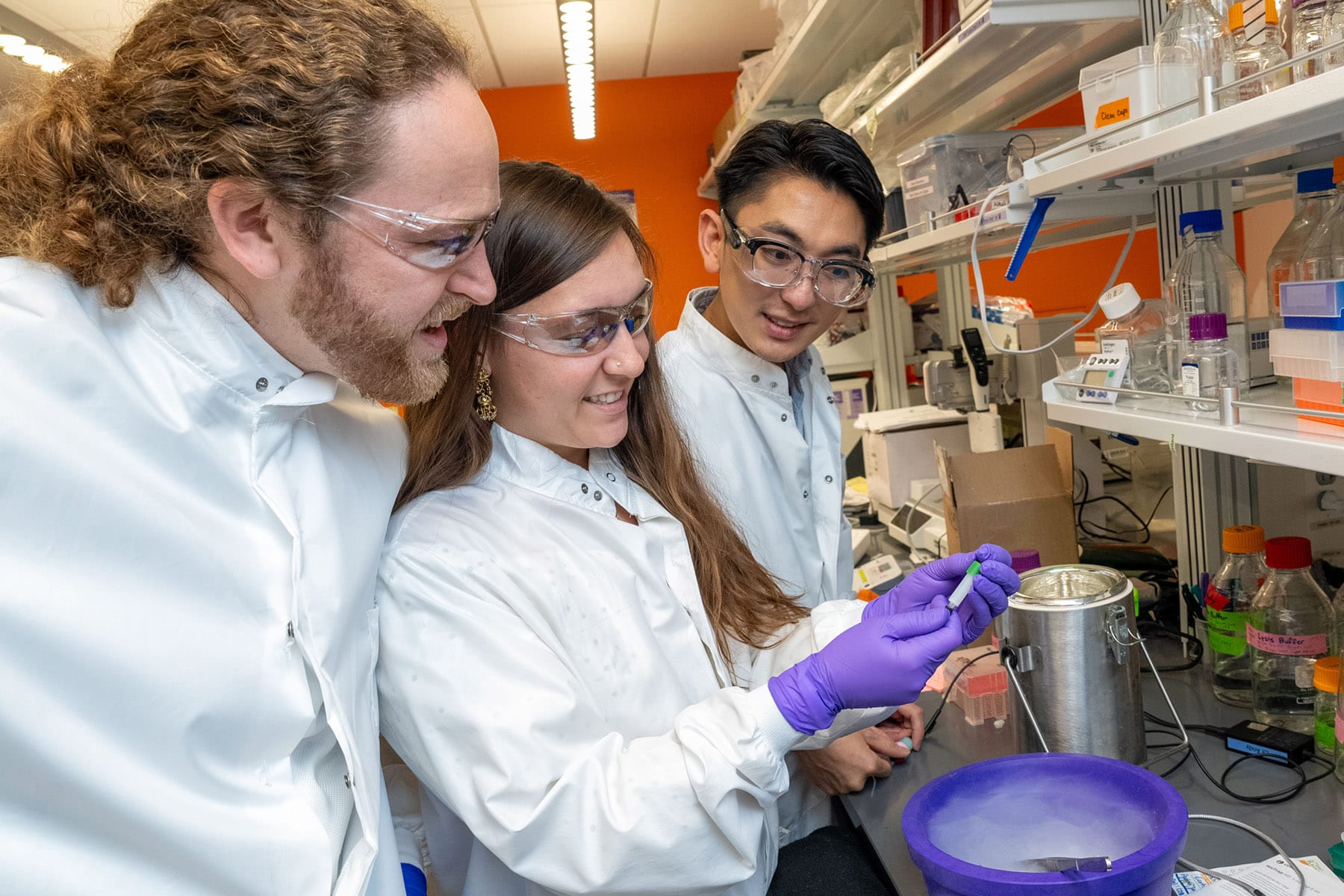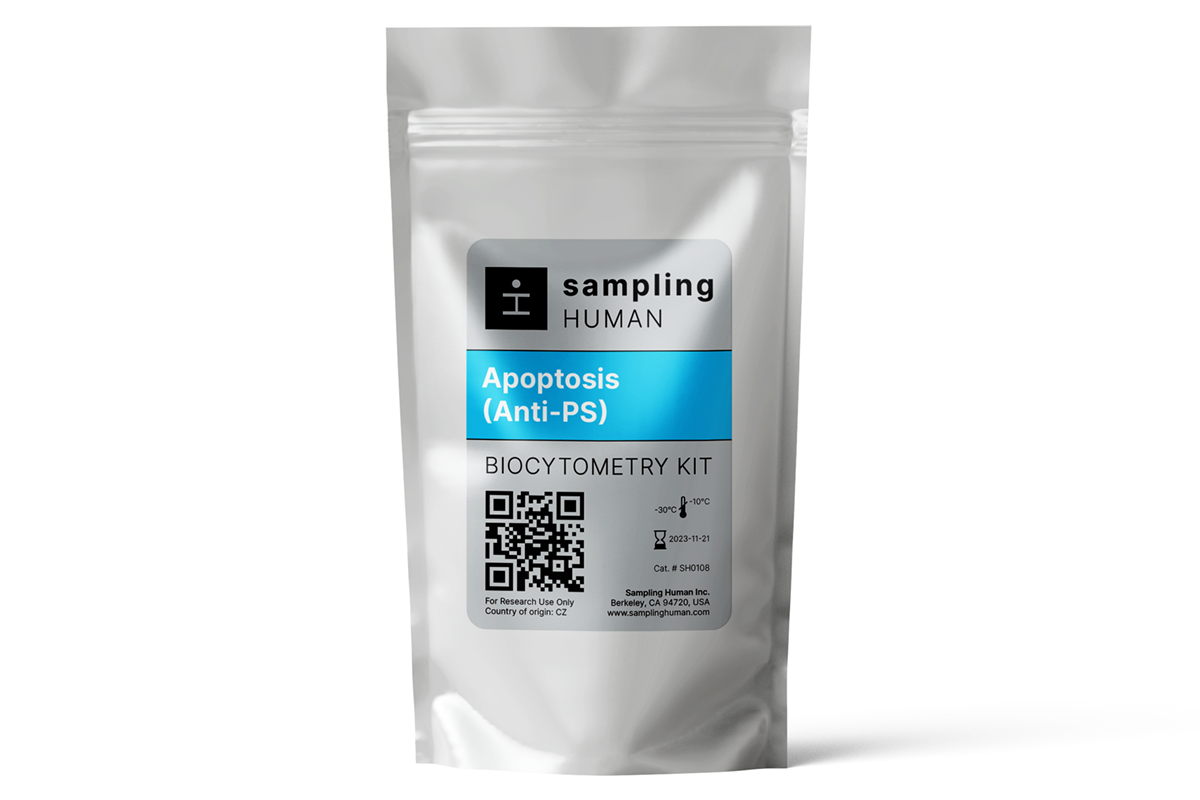Radar Therapeutics Raises $13 Million to Design Therapies Using RNA Sensors
From the story by Uduak Thomas at Genetic Engineering & Biotechnology News.
When Radar Therapeutics’ first treatments go on the market, the company hopes not just to deliver an exciting new treatment modality but also therapies that are accessible to a broad range of patients, said CEO and co-founder, Sophia Lugo.
Radar Therapeutics emerged from stealth this week with an announcement that it had raised $13.4 million in an oversubscribed seed financing round led by NfX Bio. Eli Lilly & Co, Biovision, and KdT Ventures also joined the round, with participation from PearVC, BEVC, and other investors. They will use the funds to advance various internal programs, expand their team, and pursue partnership opportunities. Specifically, that means doubling the employee headcount in the coming months while continuing to generate preclinical data in support of planned therapeutics, Lugo said.
Genetic therapies, especially mRNA therapeutics, are all the rage at the moment but they have some limitations. Most rely on cell surface proteins to act in a targeted manner, and this often means using ex vivo cell therapies, which introduce genetic material outside of the body. But to create broadly scalable therapeutics, “you need to go in vivo” especially for complex diseases which have a high bar for safety, Lugo said. That’s what makes Radar’s therapeutic approach different from others. The company is building a business around medicines that use RNA sensors—mRNAs that gate their expression based on other RNAs in the cell—to deliver genetic payloads directly into cells that only get transcribed in the presence of specific expression signatures.
Scientists can find those cellular signatures quickly thanks to the proliferation of single-cell transcriptomic datasets generated in recent years that provide detailed RNA expression profiles for individual cells. “We mine those transcriptomic datasets to look for cellular signatures, a unique transcript, that denote a desired cell type,” Lugo explained in a conversation with GEN. Radar also taps into “advances in our understanding of RNA-editing enzymes such as ADAR, to design simple switches to create smart mRNA therapies,” noted Eerik Kaseniit, PhD, Radar Therapeutics’ co-founder and CSO. “Unlike approaches using microRNAs to turn payload expression off in predefined cells, Radar’s technology enables the activation of protein expression [only] in desired cells.”
Besides securing funding, Radar has assembled an impressive team of advisors to guide its development efforts including experts in synthetic biology and bioengineering. The list includes: Xiaojing Gao, PhD, and James J. Collins, PhD, who are also named as co-founders as well as David Schaffer, PhD, Eric Klein, MD, and Svetlana Lucas, PhD. Collins, who is a pioneer in the field of synthetic biology and professor of medical engineering & science and biological engineering at MIT, noted that Radar’s technology “has the potential to enable a new generation of safer, more durable and effective mRNA therapeutics for applications beyond vaccines.”
A fortuitous meeting
Many successful scientific partnerships begin with encounters on university campuses. Radar Therapeutics has a similar story. Lugo and Kaseniit first met at Stanford University. By the time they met, Kaseniit had been thinking about mRNAs for at least a decade, specifically the possibility of controlling RNA’s translation. As an undergraduate, he studied mechanisms of RNA regulation and reprogramming. He continued his studies on RNA during his graduate program at Stanford University, in the laboratory of Xiaojing Gao, an associate professor of chemical engineering.
And that’s where he was introduced to the idea of creating an RNA that could be controlled by other RNAs, Kaseniit told GEN. Not many scientists were studying the approach at the time but Kaseniit could see that it had legs. Early experiments using RNA sensors in Gao’s lab suggested that the system worked well and could be used to design effective medicines. Kaseniit, Gao, and other colleagues published a paper in Nature Biotechnology in 2022 that described a system for RNA sensing that uses adenosine deaminases acting on RNA or RADAR—the technology that will now underpin Radar Therapeutics’ pipeline. Separately, scientists from Duke University Medical Center published their own research using programmable RNA-sensing technology in Nature also in 2022.
When Kaseniit met Lugo, she was enrolled in an MBA program at Stanford. They decided to launch a company that developed and commercialized therapeutics using the RNA sensor technology developed in Gao’s lab once they were done with their respective programs. Lugo was excited about its potential and simplicity. “All you need is the transcriptome profile of a cell to design this switch,” she said. “We can interrogate over 100,000 unique human transcripts [and] we can look at both coding and non-coding regions.”
Planned therapeutics will have three components: a sensor, a stop codon, and the mRNA encoded therapeutic. Their mechanism of action is also quite simple. The stop codon prevents the mRNA therapy from being translated by the ribosomes when the payload enters the cell. The sensor is the reverse complementary sequence of the cell signature associated with the disease of interest. When the payload is delivered to a cell with a matching signature to the sensor, a deaminase found in most human cells edits the stop codon in a way that inactivates it so that the mRNA can be translated. Because the translation of the mRNA therapy is controlled, Radar’s therapies avoid potentially toxic side-effects from the therapeutic being transcribed in nontarget cells.
The big questions now are what the first therapies from Radar will be and when they will be ready for the market. Radar is not ready to talk about exactly which diseases it plans to pursue immediately but there are indications that one target will be autoimmune disorders. However, Lugo is not ruling anything out. “We want places where there’s a step change in safety and in accessibility. And where there are really complex therapeutic compartments that no one could go after because they didn’t have the safety switch,” she said. “Autoimmune diseases are interesting to us because [no] ex vivo cell therapies have been approved for the immune compartment. And if you want to go after large autoimmune populations, you need something that is very safe.”
Besides safety, accessibility is an important value for the company as it works toward its first treatments. “We want to produce a medicine that doesn’t cost a hundred thousand dollars or more to manufacture,” Lugo said. She pointed to cell therapies that require complex extraction and engineering protocols in manufacturing facilities. Those costs can quickly drive up the cost of treating patients. And that’s a scenario that Radar wants to avoid. Its therapies will be designed in such a way that they could be easily given in a clinic, Lugo said.
Lugo also prefers not to speculate about when the first therapies could come to market. Therapy development takes time and requires lots of testing before patients can take the treatments. “This is an exciting new way of doing cell type specific expression, and we hope that rallies enough world-class talent and finances to get this to patients,” she said. “We want to have our own internal programs because we have strong beliefs about what kinds of medicines need to exist in the world and for what kinds of patients [but] we are open to co-development and taking our own internal programs forward through different financing mechanisms.”





